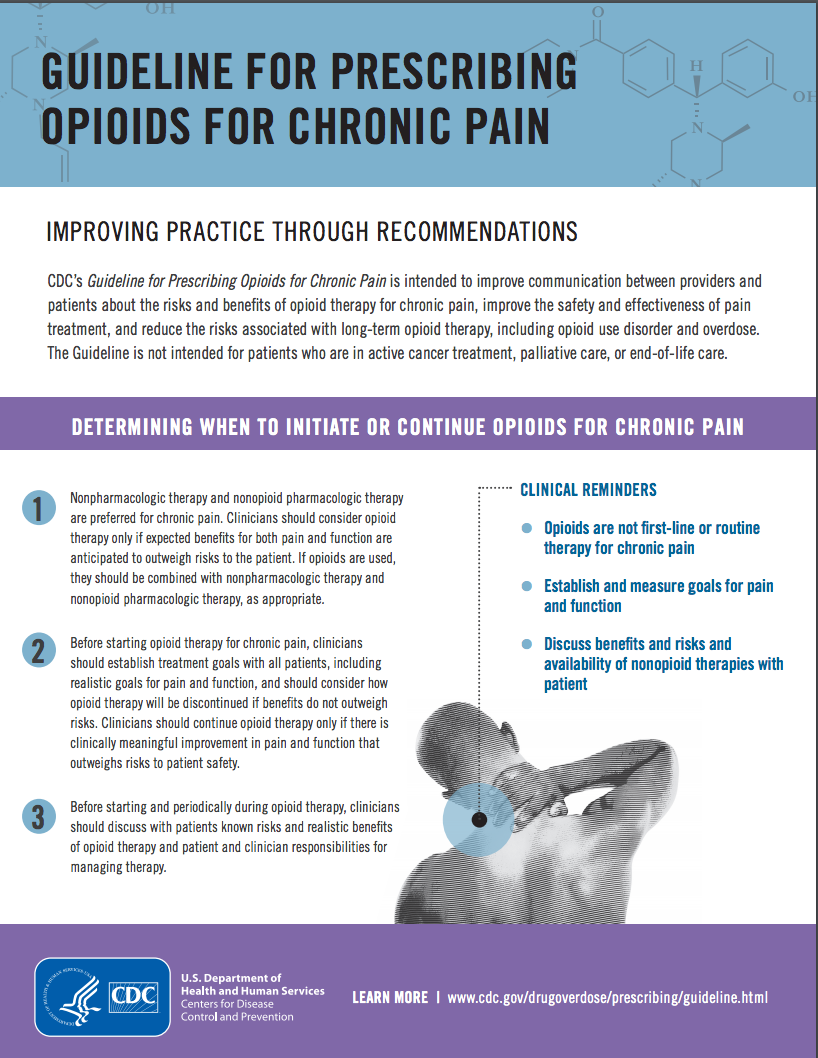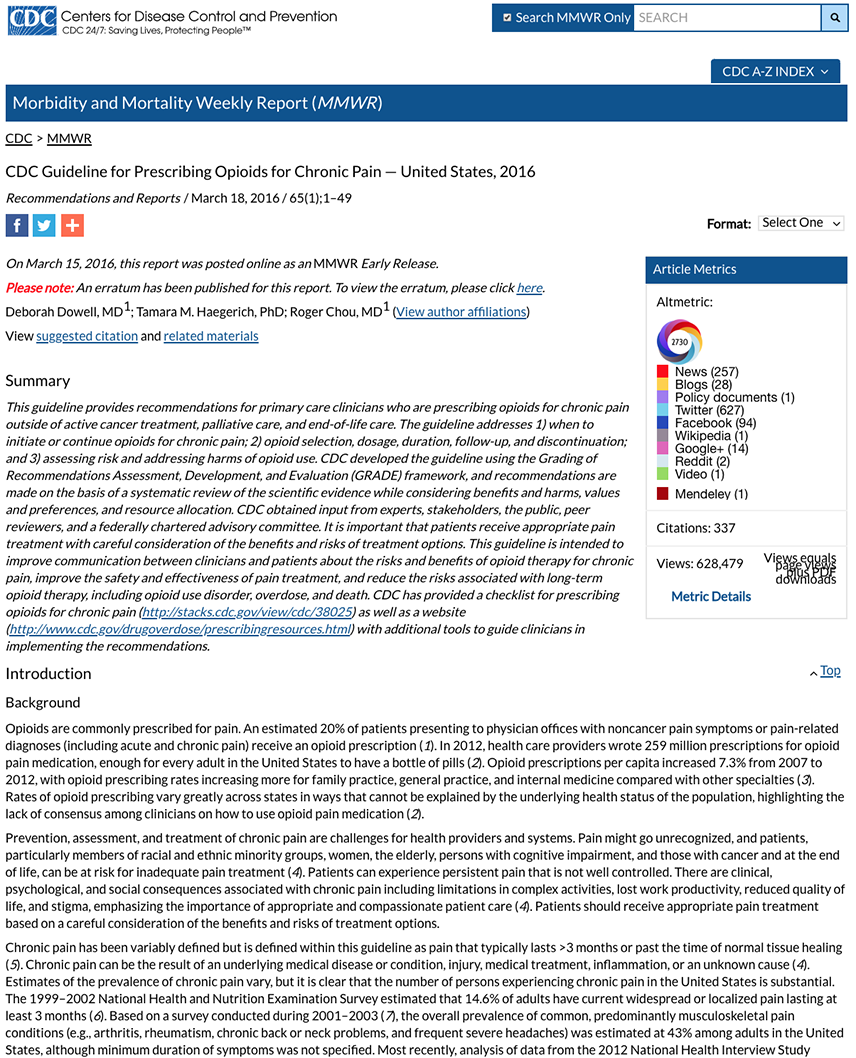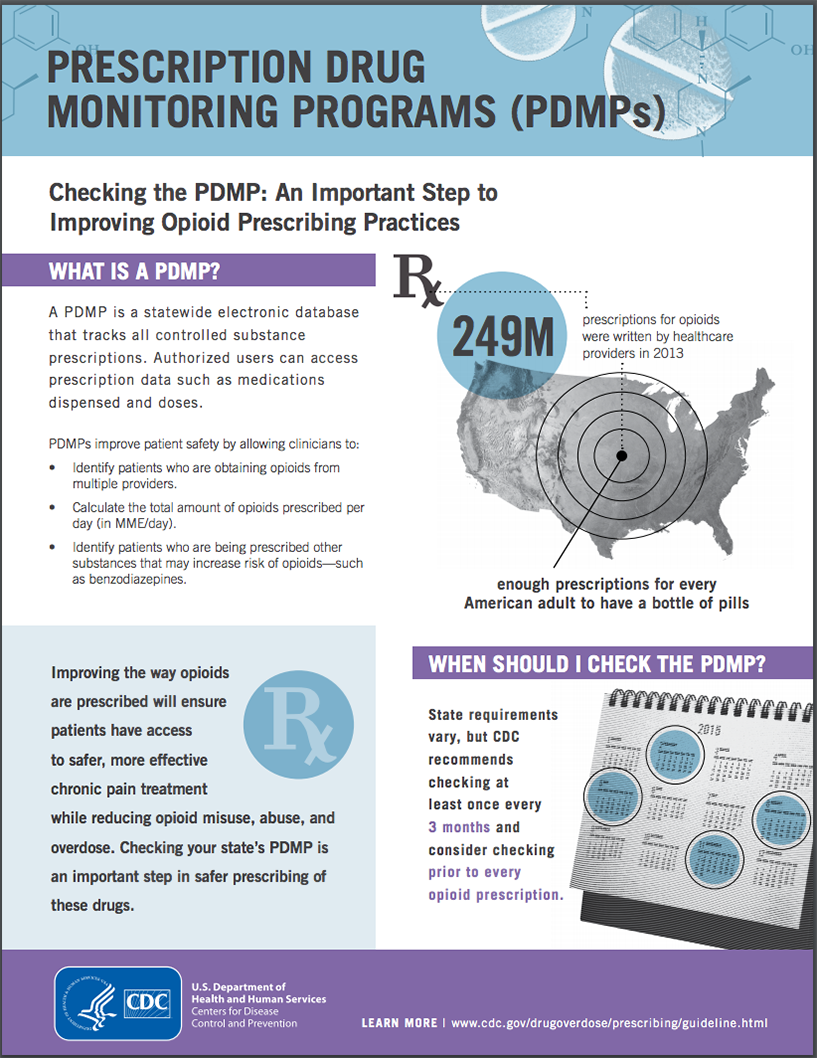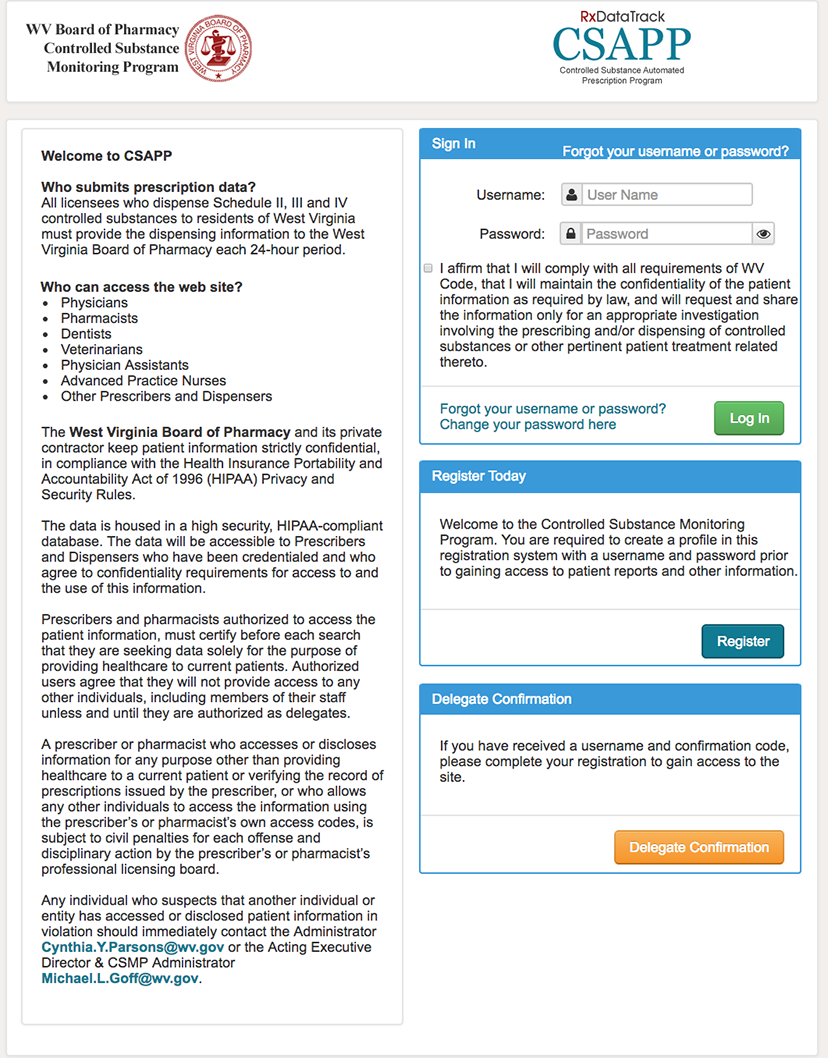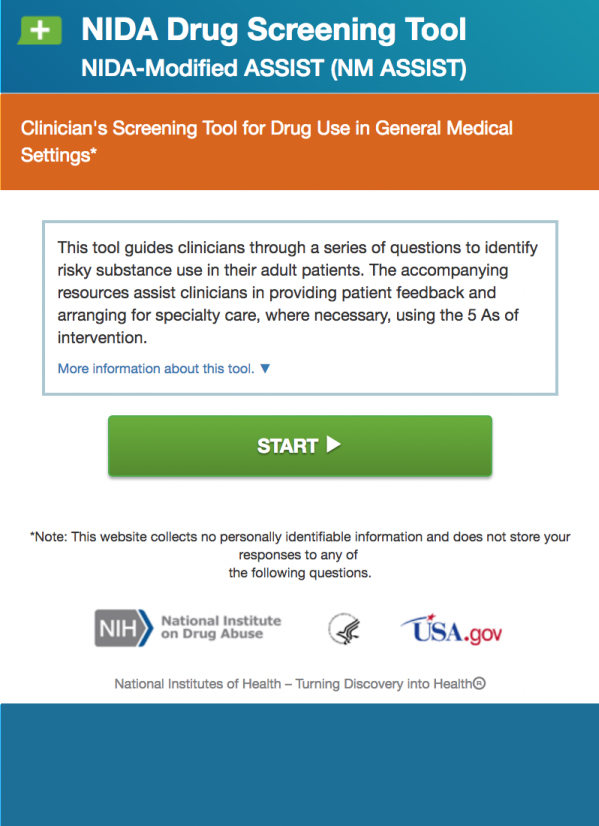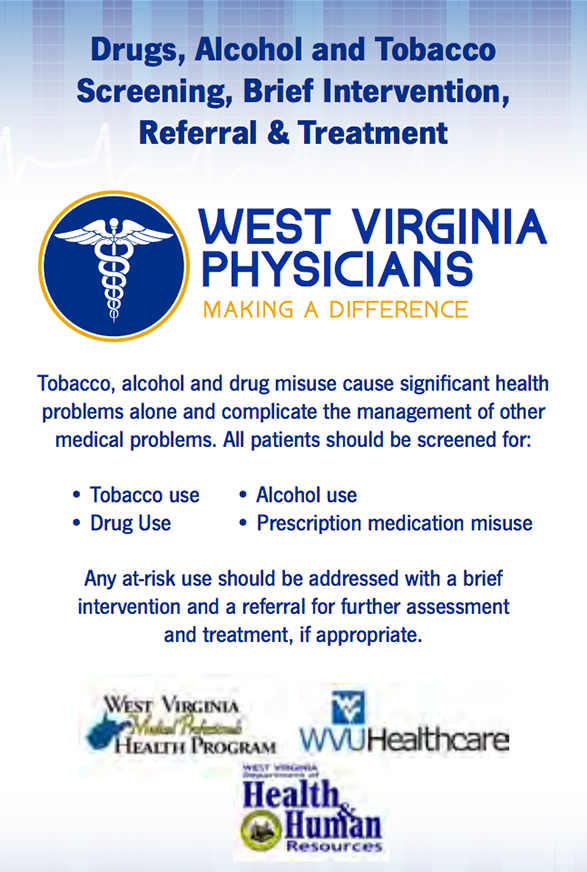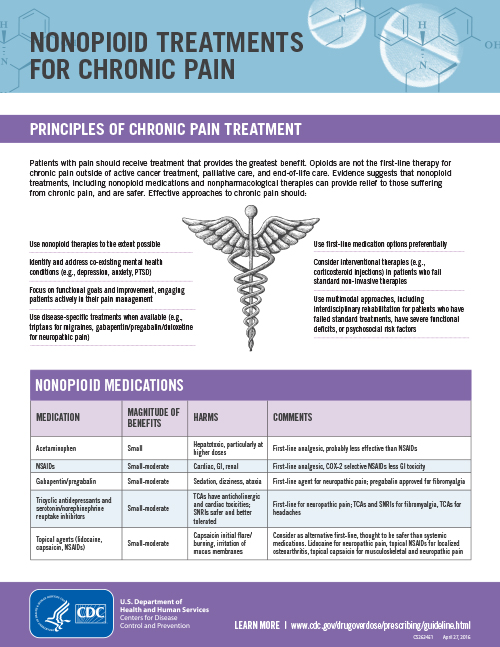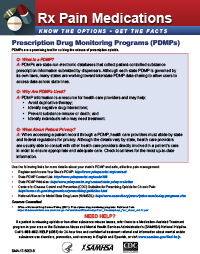Prescribers
Prescribers play a crucial role in identifying patients at risk for substance use disorder or overdose.
What can prescribers do?
(1) Review and adhere to the CDC Guideline for Prescribing Opioids
(2) Register and access the Prescription Drug Monitoring Program before prescribing controlled substances.
(3) Screen patients for tobacco use, alcohol use, drug use, and prescription medication misuse. Address at-risk use with brief intervention and referral for further assessment and treatment, if appropriate.
(4) Talk with patients about the dangers and risks of prescription opioids. When appropriate, offer alternatives to prescription opioids.
(5) Tell patients to lock up their medications (because pills are often diverted out of home medicine cabinets) and dispose of unused medications at either local pharmacy, drug take-back location, or law enforcement organization.
(6) Consider prescribing Naloxone with patient’s opioid prescription.
Dentists:
ADA Prescription Opioid Abuse
https://www.ada.org/en/advocacy/advocacy-issues/prescription-opioid-abuse?source=VanityURL
ARTICLES AND RESOURCES:
National Academies of Sciences, Engineering, and Medicine 2019. Medications for Opioid Use Disorder Save Lives. Washington, DC: The National Academies Press.
https://doi.org/10.17226/25310.
WV Safe & Effective Management of Pain (SEMP) Guidelines - http://sempguidelines.org/
WV OHFLC registry of licensed pain clinics (not including academic/hospital) - https://ohflac.wvdhhr.org/Apps/Lookup/FacilitySearch/W9
DEA Rx Abuse Online Reporting – https://apps.deadiversion.usdoj.gov/rxaor/spring/main?execution=e1s1
Substance Abuse and Mental Health Services Administration. Managing Chronic Pain in Adults With or in Recovery From Substance Use Disorders. Treatment Improvement Protocol (TIP) Series 54. HHS Publication No. (SMA) 12-4671. Rockville, MD: Substance Abuse and Mental Health Services Administration, 2011.
https://store.samhsa.gov/product/TIP-54-Managing-Chronic-Pain-in-Adults-With-or-in-Recovery-From-Substance-Use-Disorders/SMA13-4671
Substance Abuse and Mental Health Services Administration. Medications To Treat Opioid Use Disorder. Treatment Improvement Protocol (TIP) Series 63, Full Document. HHS Publication No. (SMA) 18-5063FULLDOC. Rockville, MD: Substance Abuse and Mental Health Services Administration, 2018
https://store.samhsa.gov/product/SMA18-5063FULLDOC
Morphine Equivalent (Opioid) Dose Calculator - https://www.agencymeddirectors.wa.gov/Calculator/DoseCalculator
De-escalating Conflict in the Healthcare Setting, Dr. Marge Paccione - http://health.ri.gov/materialbyothers/DeEscalatingConflictInTheHealthcareSetting.pdf
SBIRT link - https://www.samhsa.gov/sbirt/about
Drug Abuse Screening Test -DAST - https://cde.drugabuse.gov/instrument/e9053390-ee9c-9140-e040-bb89ad433d69
Opioid Risk Tool link - http://health.ri.gov/materialbyothers/OpioidRiskTool.pdf
SCOPE of Pain is a series of continuing medical education/continuing nursing education activities designed to help you safely and effectively manage patients with chronic pain, when appropriate, with opioid analgesics.
https://www.scopeofpain.org/
PCSS is a program funded by the Substance Abuse and Mental Health Services Administration (SAMHSA) created in response to the opioid overdose epidemic to train primary care providers in the evidence-based prevention and treatment of opioid use disorders and treatment of chronic pain.
https://www.samhsa.gov/providers-clinical-support-system-pcss
Opioids For Acute Pain What You Need To Know
https://www.cdc.gov/drugoverdose/pdf/patients/Opioids-for-Acute-Pain-a.pdf
SAMHSA: The Role of PDMPs in Preventing Prescription Opioid Misuse
https://youtu.be/Lmg6TRmAoW4
SAMHSA: PDMPs as a Public Health Tool
https://youtu.be/6DiP4TkItcU
SAMHSA: Preventing Opioid Overdose: The Value of Naloxone
https://youtu.be/g-V2UTUHzgI
Other resources/information from Tennessee:
Tennessee Chronic Pain Guidelines:
https://www.tn.gov/content/dam/tn/health/healthprofboards/pain-management-clinic/ChronicPainGuidelines.pdf
What is a PDMP?
A Prescription Drug Monitoring Program, or PDMP, is an electronic database that tracks prescriptions for controlled substances. The PDMP can help identify patients who may be misusing prescription drugs and who may be at risk for overdose. In West Virginia, the PDMP is called CSMP or Controlled Substance Monitoring Program.
https://www.csappwv.com/Account/Login.aspx?ReturnUrl=%2f
For more information about the WV CSMP contact:
Michael Goff
PMP/Administrator
West Virginia Board of Pharmacy
(304) 558-0558
michael.l.goff@wv.gov
Access the West Virginia Controlled Substance Monitoring Program 2014-2018 Data Dashboard
 WV Safe & Effective Management of Pain (SEMP) Guidelines
WV Safe & Effective Management of Pain (SEMP) Guidelines
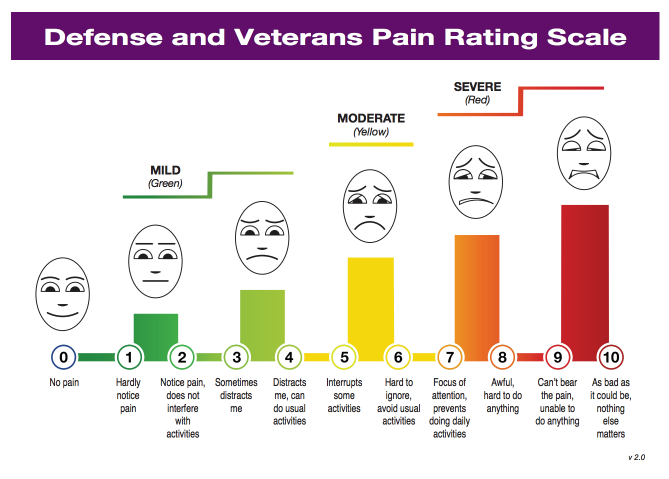 Check out the Defense & Veterans Pain Rating Scale (DVPRS) from the Defense & Veterans Center for Integrative Pain Management.
The DVPRS is a graphic tool clinicians can use to facilitate self-reported pain diagnoses from patients.
Check out the Defense & Veterans Pain Rating Scale (DVPRS) from the Defense & Veterans Center for Integrative Pain Management.
The DVPRS is a graphic tool clinicians can use to facilitate self-reported pain diagnoses from patients.
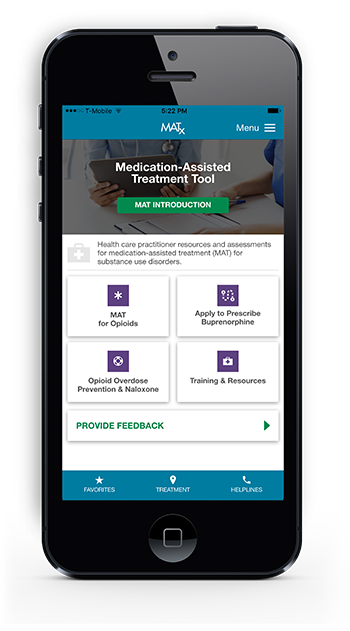 MATx Mobile App to Support Medication-Assisted Treatment of Opioid Use Disorder
MATx Mobile App to Support Medication-Assisted Treatment of Opioid Use Disorder
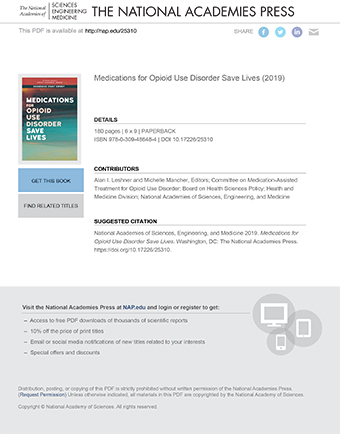 Medications for Opioid Use Disorder Save Lives
Medications for Opioid Use Disorder Save Lives
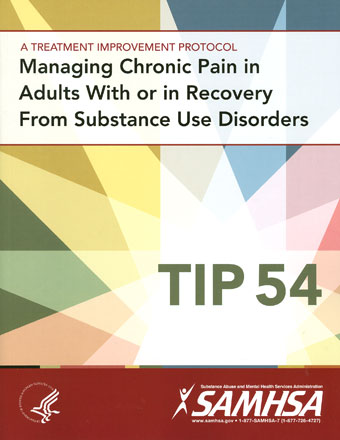 TIP 54: Managing Chronic Pain in Adults With or in Recovery From Substance Use Disorders
TIP 54: Managing Chronic Pain in Adults With or in Recovery From Substance Use Disorders
 TIP 63: Medications for Opioid Use Disorders – Full Document (Including Executive Summary and Parts 1-5)
TIP 63: Medications for Opioid Use Disorders – Full Document (Including Executive Summary and Parts 1-5)
 Centers for Disease Control and Prevention. Annual Surveillance Report of Drug-Related Risks and Outcomes — United States, 2017. Surveillance Special Report 1. Centers for Disease Control and Prevention, U.S. Department of Health and Human Services. Published August 31, 2017. Accessed 02.26.18 from: https://www.cdc.gov/drugoverdose/pdf/pubs/2017cdc-drug-surveillance-report.pdf
Centers for Disease Control and Prevention. Annual Surveillance Report of Drug-Related Risks and Outcomes — United States, 2017. Surveillance Special Report 1. Centers for Disease Control and Prevention, U.S. Department of Health and Human Services. Published August 31, 2017. Accessed 02.26.18 from: https://www.cdc.gov/drugoverdose/pdf/pubs/2017cdc-drug-surveillance-report.pdf
